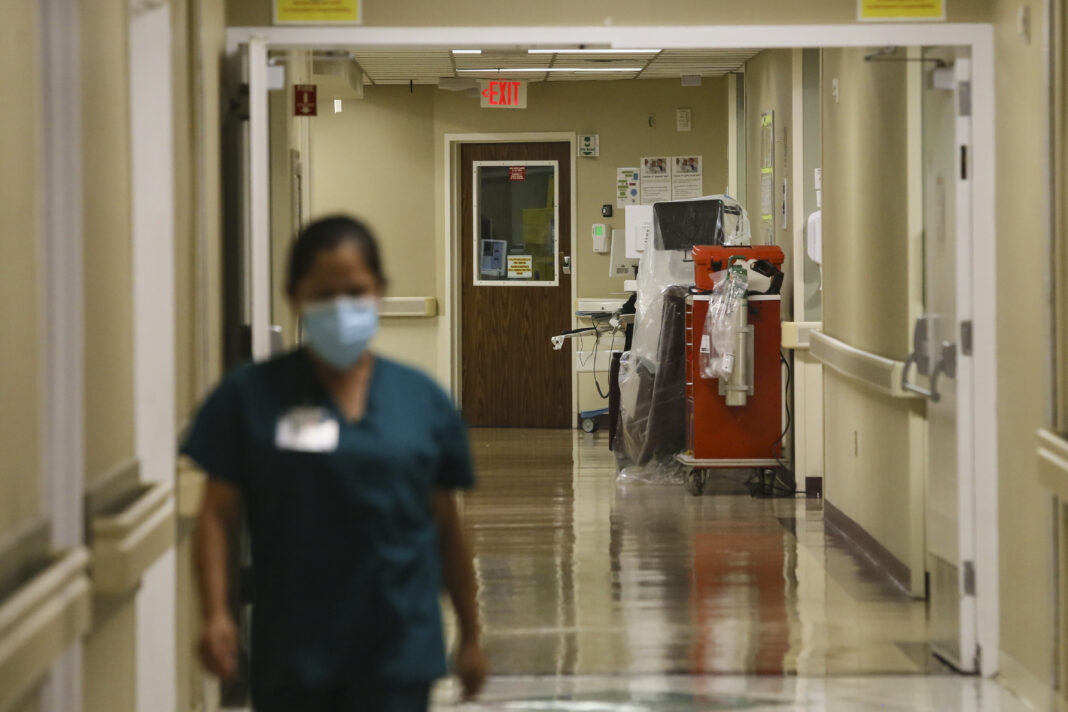With the delta variant soaring through the United States and affecting especially those who are still unvaccinated, hospitals in the Rio Grande Valley are on the “verge of collapse” with only 16 ICU beds remaining for the more than 1 million RGV residents, official numbers from the Department of State Health Services show.
“And when those beds become available, then they’ll get used up,” Cameron County Health Authority Dr. James Castillo said in an interview.
“I know that every hospital in the Valley is holding people in the emergency rooms waiting for a bed of any kind. … In terms of Cameron County, we usually have about a third in terms of hospitalizations and about a third of the capacity of the region. So, I think right now, there’s more than 215 people hospitalized with COVID in Cameron County as of today,” Castillo said on Wednesday.
Official numbers from the DSHS state that in the Rio Grande Valley, including Cameron, Hidalgo, Starr and Willacy counties, there are only 16 available ICU beds. The total population of the RGV is 1,385,112, official numbers show.
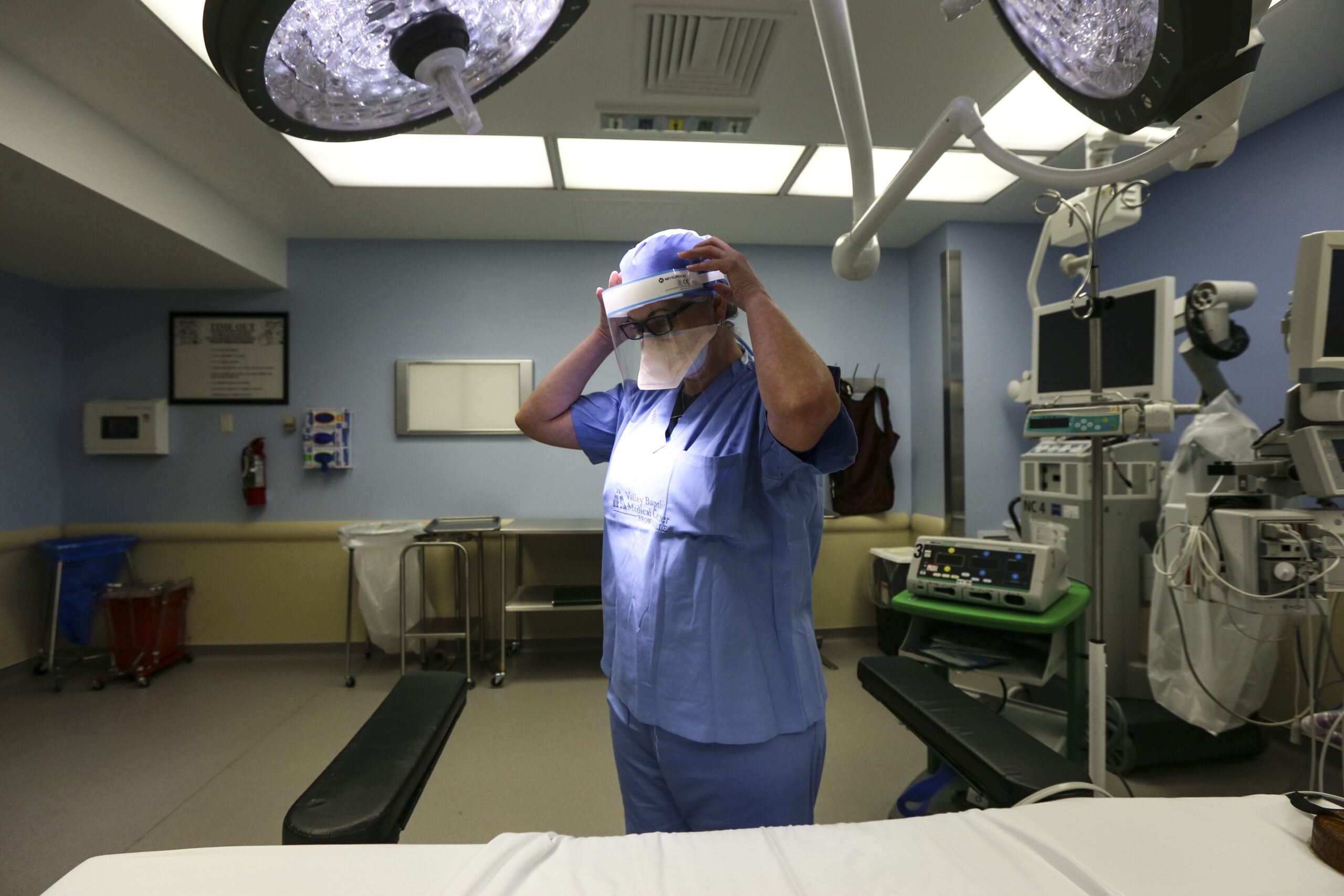
The numbers also show that there are 673 lab-confirmed COVID-19 patients who are currently hospitalized and 324 available ventilators in the RGV area.
When it comes to the total COVID-19 cases, DSHS numbers show that in Cameron County there are 47,731 confirmed cases; 8,989 probable cases; 1,572 fatalities; 4,629 active cases estimated and 55,351 recovered estimated cases, as of Friday.
In Hidalgo County, there are 65,013 confirmed cases; 37,921 probable classes; 2,698 fatalities; 6,037 active cases estimated and 94,199 recovered estimated cases, according to DSHS numbers.
Hidalgo County said in a press release Friday that there are 459 patients hospitalized due to COVID-19 and 118 in ICU beds. Of those 459 patients, 48 are in pediatric care. When it comes to the ICU beds, 112 are adults and 6 are children.
In Starr County, there are 8,374 confirmed cases; 1,981 probable cases; 308 fatalities; 396 active cases estimated and 9,651 recovered estimated cases.
In Willacy County, there are 3,560 confirmed cases; 363 probable cases; 93 fatalities; 396 active cases estimated and 3,434 recovered estimated cases.
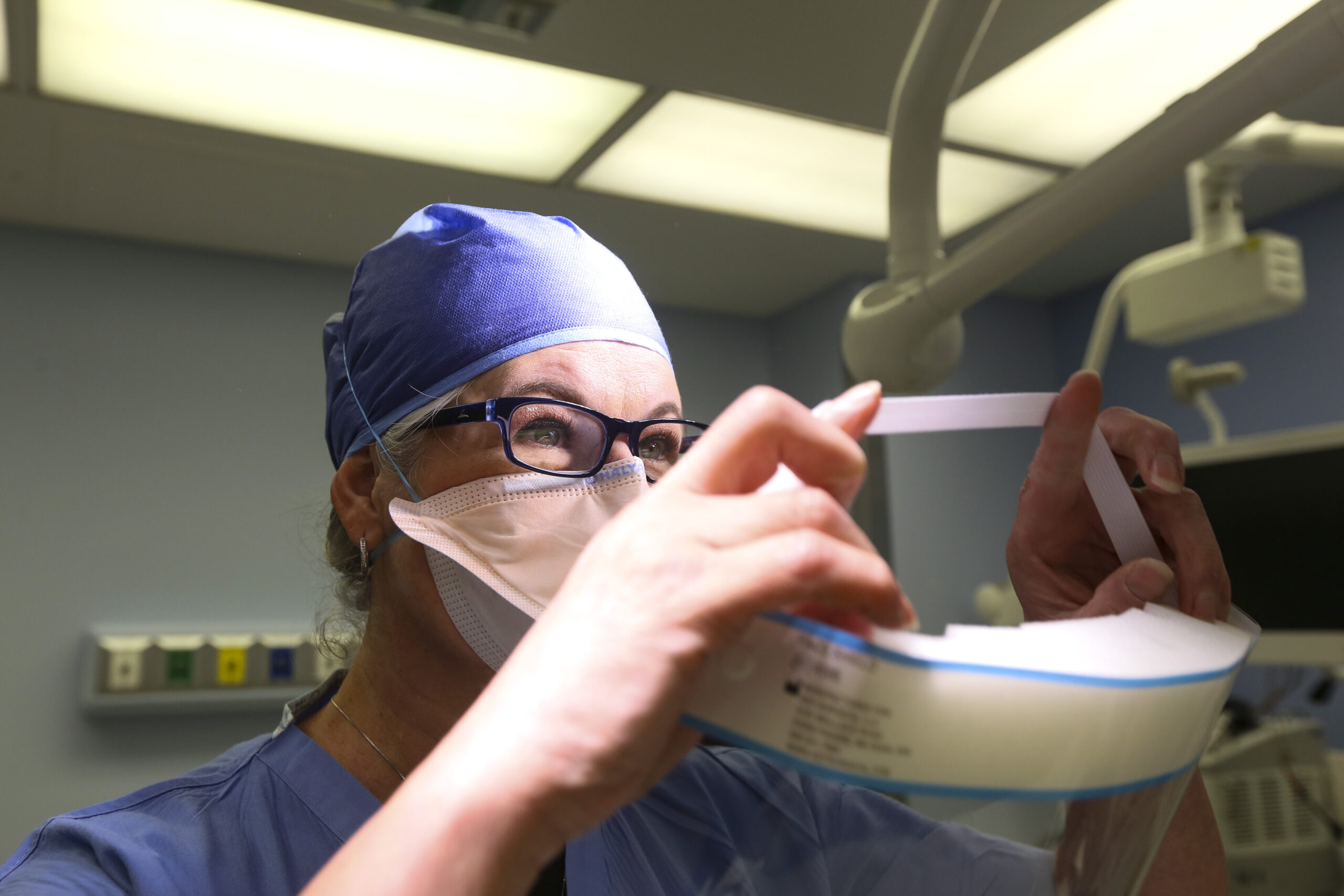
“I think it looks like it’s spreading as fast as we saw during the summer time last year, in 2020. Except, it’s spreading in different patients. At that summer time, we had a lot of elderly people, people from nursing homes were getting sick and people in the community. It was affecting everybody, but it was definitely a different age group. We saw home transmission but it was just a different population getting sick,” Castillo said.
“This time, with delta, it’s spreading on people who are unvaccinated. In our county, because we have done very well with the vaccines, (those getting infected) tend to be younger, in their 20s, 30s, 40s. Another thing that has changed is that it tends to be people who are healthier, they do not have a lot of chronic medical problems.”
Castillo said the delta variant is making people who are relatively healthy end up in the hospital in need of a ventilator and even dying. He said most people who are hospitalized due to COVID-19 are unvaccinated.
“They shouldn’t be ending up in ventilators and they certainly shouldn’t be dying. One of the reasons why that’s happening is because they chose not to be vaccinated,” he said.
“They really have to understand that without the vaccine, they are going to get COVID. It’s just a matter of time. Right now, it’s spreading and it’s much more contagious. Whatever they thought of the virus before, doesn’t apply now. It is way more contagious. So, the things that they were able to get away with before, don’t apply anymore.”
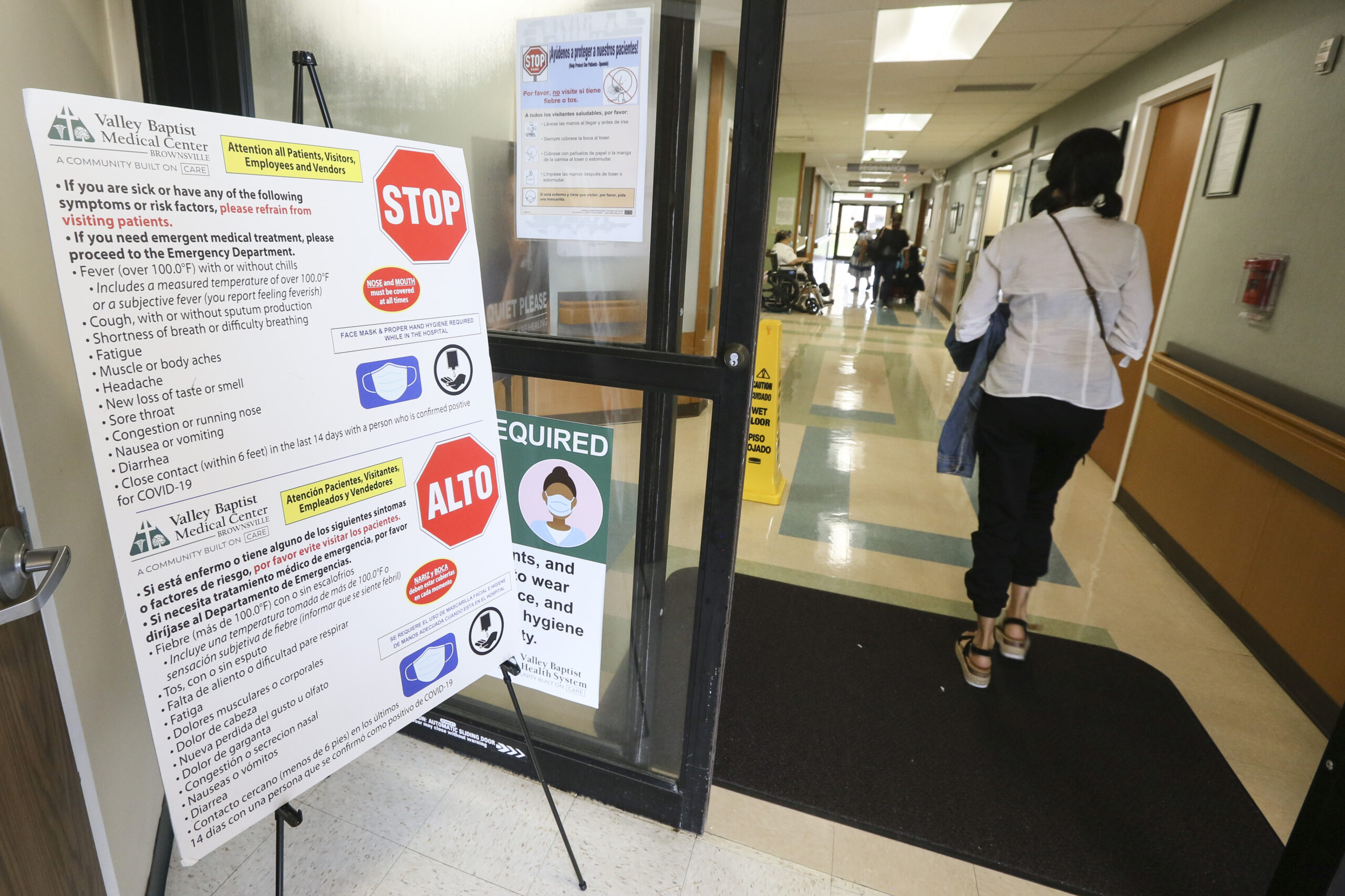
Castillo said the risk of getting severely ill with COVID-19 is much higher than any risk that is associated with taking the vaccine. He said it is not even in the same ballpark about how much more dangerous the virus is than the potential risks of the vaccine.
“If people are thinking or believing in conspiracy theories of things that are objectively false. Like tracking devices inside a vaccine, which is objectively false, you can prove that’s false. Then, that’s very hard to argue with, if you are going to get your information from conspiracy theories it is very hard to argue with that,” he said.
“But most people, I think it’s just a matter of ‘I haven’t had time’ or ‘it’s hard to get away from work,’ ‘I haven’t felt that urgent need to do it, I’m not in a rush to do it’ … for those people that have reasons to do it that can easily overcome, that we can meet in the middle. I hope that they look around to what’s going on and decide ‘Alright, I guess I have to do it now’.”
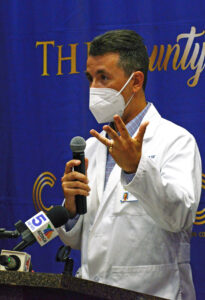
(Miguel Roberts/The Brownsville Herald)
Castillo said COVID-19 keeps coming in waves and it will keep coming until everybody is infected or everybody is vaccinated. He said that unfortunately now data is showing that if there is a lot of virus around, the vaccine’s protection doesn’t last forever.
“What I’m hoping is that it changes, this virus is still going to be a problem to vulnerable people, but I hope this is the last time we see the hospitals at the verge of collapse,” he said.
“I think we’re still going to see people dying of this virus for years to come, I still think we are still going to see people get sick of this virus for years, years to come. I don’t think it’s ever going away. But I hope this is the last time we see it almost collapse our hospitals.”
COVID-19 vaccines are available at several places for free including The University of Texas Rio Grande Valley, Cameron County, Hidalgo County, Walgreens, Walmart, H-E-B, CVS and the City of Brownsville.
For more information to find the nearest vaccination site, visit vaccines.gov.

